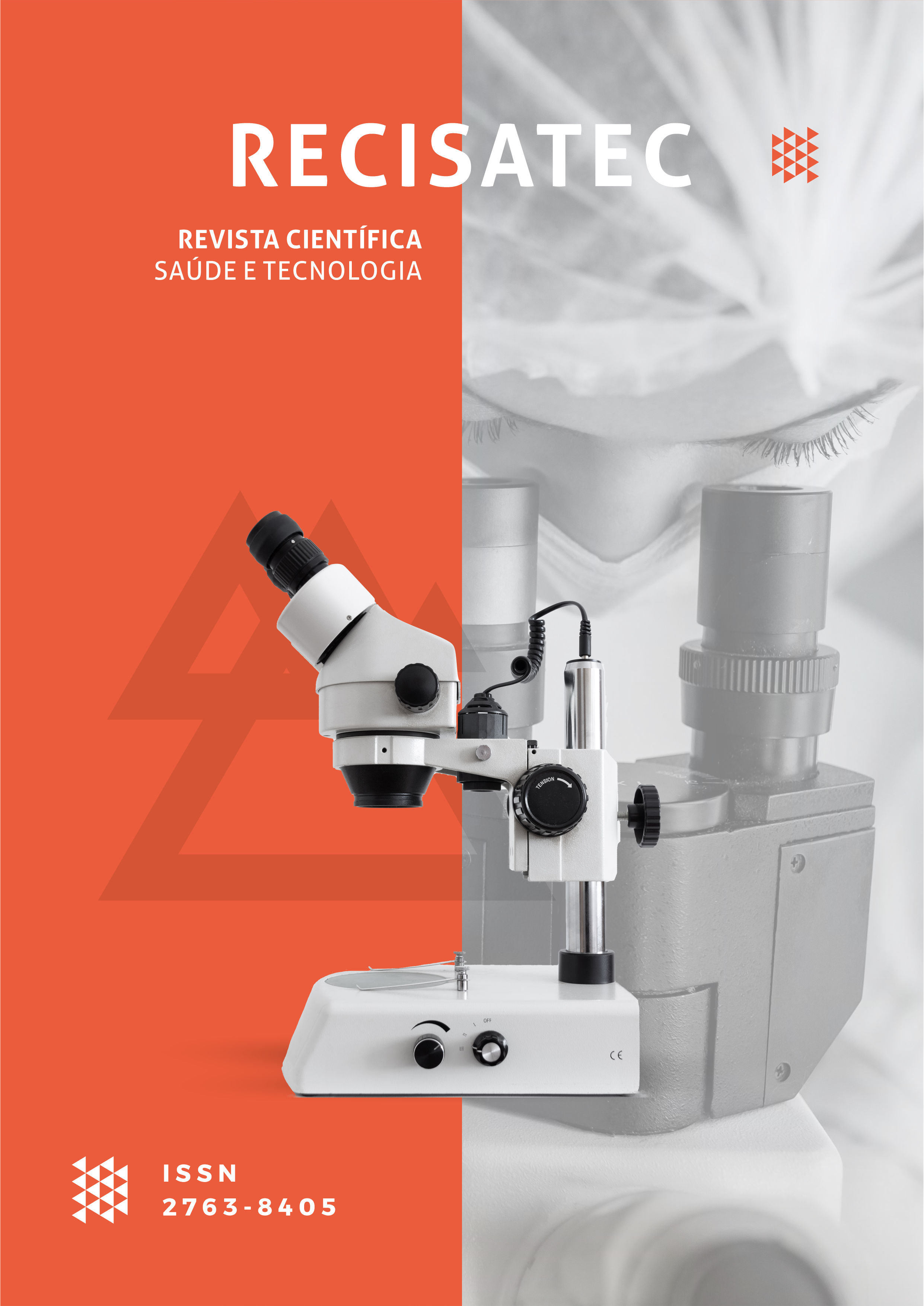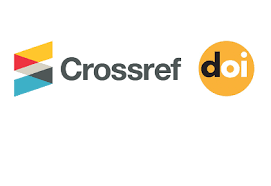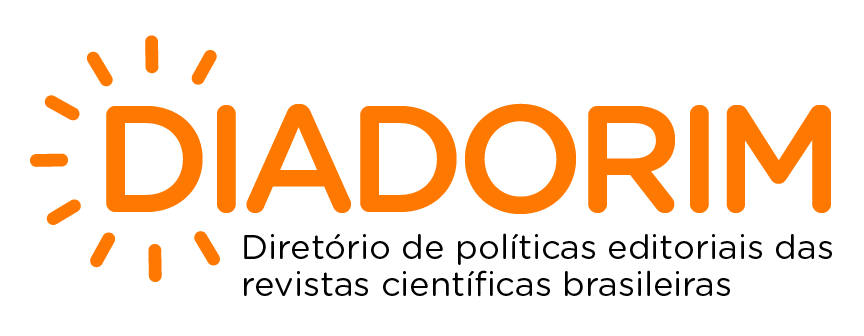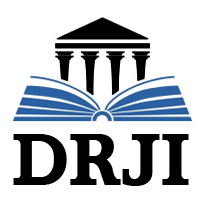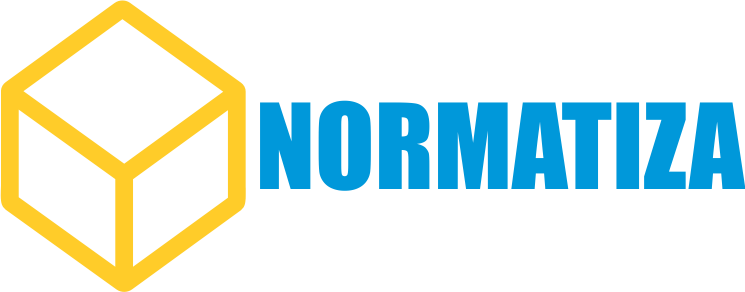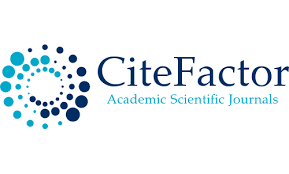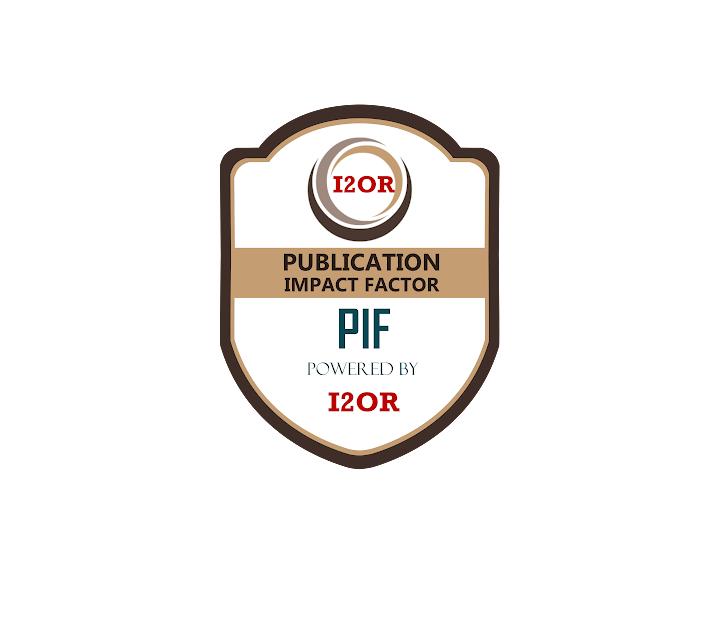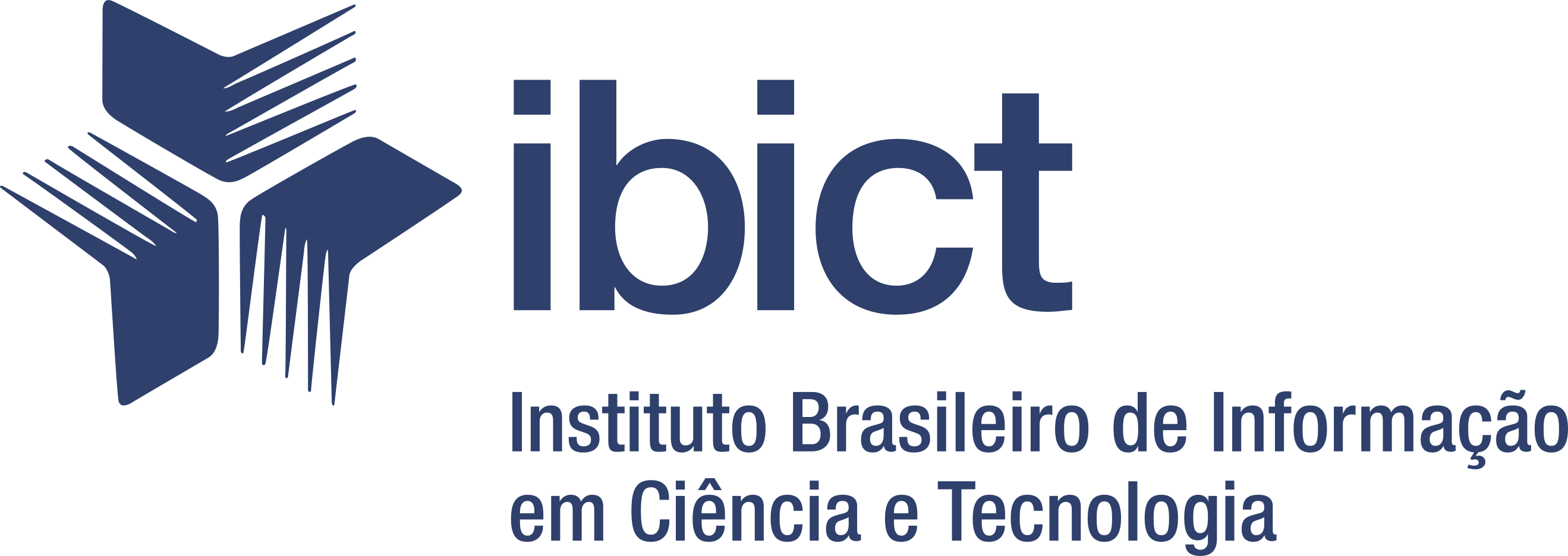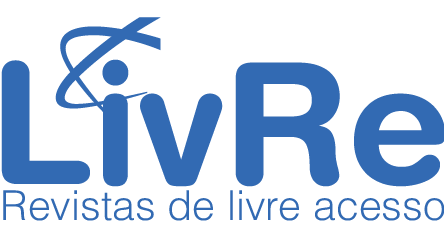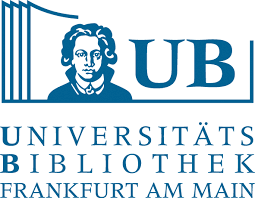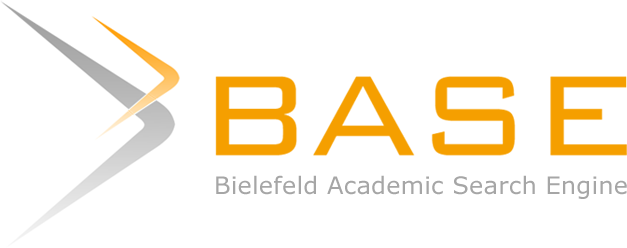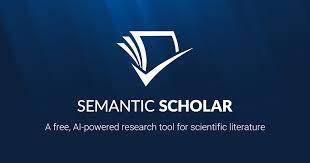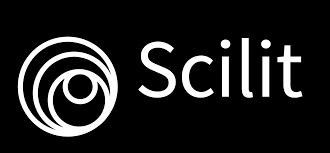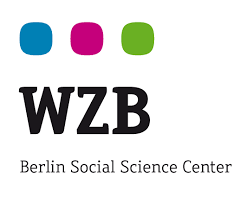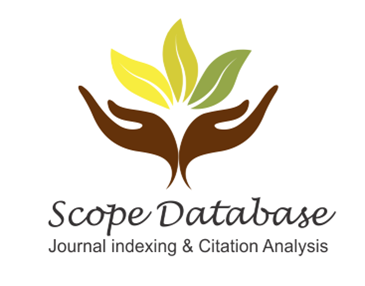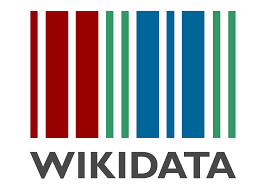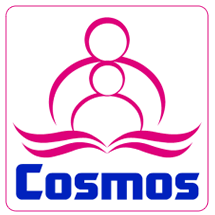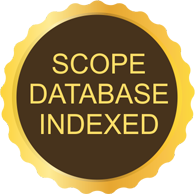A BRIEF REVIEW ON INNOVATIVE ANATOMY LEARNING TECHNOLOGIES FOR MEDICAL AND HEALTH STUDENTS’ EDUCATION
DOI:
https://doi.org/10.53612/recisatec.v2i4.121Palavras-chave:
Anatomy, Education, Technology, InnovationResumo
Contribution: Considering the rapidity of the emergence of new technologies in the modern world, it is necessary to identify and describe potential educational innovations and technologies used as tools for improving healthcare students anatomy learning in the last years. The key contribution of this study is to indicate implementation and other challenges to be overcome. Background: Extensive research demonstrated that several different innovative methods have been used for anatomy teaching. Based on these findings, discussing the most recent existing technologies may be worthwhile. Research Questions: What innovative technologies are being used as tools for improving healthcare students Anatomy learning? What are the main challenges and perspectives related to them? Methodology: This review discussed studies published from 2019 to 2021 found in Embase, IEEE Digital Library, Pubmed, ScienceDirect and Web of Science. Inclusion and exclusion criteria were established and a quality assessment was conducted aiming to mitigate biases and systematic errors. Findings: The databases electronic search identified 149 references and only 10 studies met the minimum cutoff score and were discussed. Compared to traditional methods, alternative learning technologies are excellent ways to improve and transform the education in the health’ system, making it more efficient, economic, practical and accessible.
Downloads
Referências
B. Wainman, L. Wolak, G. Pukas, E. Zheng, and G. R. Norman, “The su periority of three-dimensional physical models to two-dimensional computer presentations in anatomy learning,” Medical Education, vol. 52, pp. 1138–1146, 11 2018. DOI: https://doi.org/10.1111/medu.13683
M. Duarte, L. Santos, J. G. Junior, and M. Peccin, “Learning anatomy ´ by virtual reality and augmented reality. a scope review,” Morphologie, vol. 104, pp. 254–266, 12 2020. DOI: https://doi.org/10.1016/j.morpho.2020.08.004
J. Grannum, L. A. Siiman, E. Bufasi, and A.-L. Tamm, “Design and evaluation of an interactive 3d dynamic visualizaton tool for functional anatomy.” IEEE, 7 2021, pp. 216–220. DOI: https://doi.org/10.1109/ICALT52272.2021.00071
S. A. Azer and S. Azer, “3d anatomy models and impact on learning: A review of the quality of the literature,” Health Professions Education, vol. 2, pp. 80–98, 12 2016. DOI: https://doi.org/10.1016/j.hpe.2016.05.002
E. Kurt, S. Yurdakul, and A. Atac¸, “An overview of the technologies used for anatomy education in terms of medical history,” Procedia - Social and Behavioral Sciences, vol. 103, pp. 109–115, 11 2013. DOI: https://doi.org/10.1016/j.sbspro.2013.10.314
A. Zargaran, M. A. Turki, J. Bhaskar, H. V. M. Spiers, and D. Zargaran, “The role of technology in anatomy teaching: Striking the right balance,” Advances in Medical Education and Practice, vol. Volume 11, pp. 259– 266, 3 2020. DOI: https://doi.org/10.2147/AMEP.S240150
K. Bogomolova, A. H. Sam, A. T. Misky, C. M. Gupte, P. H. Strutton, T. J. Hurkxkens, and B. P. Hierck, “Development of a virtual three-dimensional assessment scenario for anatomical education,” Anatomical Sciences Education, vol. 14, pp. 385–393, 5 2021. DOI: https://doi.org/10.1002/ase.2055
M. Michael, H. Abboudi, J. Ker, M. S. Khan, P. Dasgupta, and K. Ahmed, “Performance of technology-driven simulators for medical students—a systematic review,” Journal of Surgical Research, vol. 192, pp. 531–543, 12 2014. DOI: https://doi.org/10.1016/j.jss.2014.06.043
M. Estai and S. Bunt, “Best teaching practices in anatomy education: A critical review,” Annals of Anatomy - Anatomischer Anzeiger, vol. 208, pp. 151–157, 11 2016. DOI: https://doi.org/10.1016/j.aanat.2016.02.010
M. G. Boyaci, U. Fidan, A. F. Yuran, S. Yildizhan, F. Kaya, O. Kimsesiz, M. Ozdil, A. Cengiz, and A. Aslan, “Augmented reality supported cervical transpedicular fixation on 3d-printed vertebrae model: an ex perimental education study,” Turkish Neurosurgery, 2020. DOI: https://doi.org/10.5137/1019-5149.JTN.30733-20.2
J. Iwanaga, S. Terada, H. Kim, Y. Tabira, T. Arakawa, K. Watanabe, A. S. Dumont, and R. S. Tubbs, “Easy ¡scp¿three-dimensional¡/scp¿ scanning technology for anatomy education using a free cellphone app,” Clinical Anatomy, vol. 34, pp. 910–918, 9 2021. DOI: https://doi.org/10.1002/ca.23753
K. Sugand, P. Abrahams, and A. Khurana, “The anatomy of anatomy: A review for its modernization,” Anatomical Sciences Education, pp. NA–NA, 2010. DOI: https://doi.org/10.1002/ase.139
C. Romo-Barrientos, J. J. Criado-Alvarez, M. T. Gil-Ruiz, J. Gonz ´ alez- ´ Gonzalez, M. Rodr ´ ´ıguez-Hernandez, A. I. Corregidor-S ´ anchez, I. Ubeda- ´ Banon, A. Flores-Cuadrado, A. Mohedano-Moriano, and B. Polonio- ˜ Lopez, “Anatomical prosection practices in the occupational therapy ´ degree. student anxiety levels and academic effectiveness,” Annals of Anatomy - Anatomischer Anzeiger, vol. 221, pp. 135–140, 1 2019. DOI: https://doi.org/10.1016/j.aanat.2018.10.003
E. O. Johnson, A. V. Charchanti, and T. G. Troupis, “Modernization of an anatomy class: From conceptualization to implementation. a case for integrated multimodal-multidisciplinary teaching,” Anatomical Sciences Education, vol. 5, pp. 354–366, 11 2012. DOI: https://doi.org/10.1002/ase.1296
J. H. Johnson, “Importance of dissection in learning anatomy: Personal dissection versus peer teaching,” Clinical Anatomy, vol. 15, pp. 38–44, 1 2002. DOI: https://doi.org/10.1002/ca.1090
I. Memon, “Cadaver dissection is obsolete in medical training! a misinterpreted notion,” Medical Principles and Practice, vol. 27, pp. 201–210, 2018. DOI: https://doi.org/10.1159/000488320
O. Onigbinde, T. Chia, O. Oyeniran, and A. Ajagbe, “The place of cadaveric dissection in post-covid-19 anatomy education,” Morphologie, vol. 105, pp. 259–266, 12 2021. DOI: https://doi.org/10.1016/j.morpho.2020.12.004
J. O. Nnodim, “Learning human anatomy: by dissection or from pros ections?” Medical Education, vol. 24, pp. 389–395, 7 1990. DOI: https://doi.org/10.1111/j.1365-2923.1990.tb02456.x
N. A. Granger, “Dissection laboratory is vital to medical gross anatomy education,” The Anatomical Record, vol. 281B, pp. 6–8, 11 2004. DOI: https://doi.org/10.1002/ar.b.20039
M. X. Leighton, “The importance of anatomy dissection in a system based curriculum,” The FASEB Journal, vol. 33, 4 2019. DOI: https://doi.org/10.1096/fasebj.2019.33.1_supplement.332.1
K. C. Cahill and R. R. Ettarh, “Attitudes to anatomy dissection in an irish medical school,” Clinical Anatomy, vol. 22, pp. 386–391, 4 2009. DOI: https://doi.org/10.1002/ca.20777
T. I. Chia, O. I. Oyeniran, A. O. Ajagbe, O. A. Onigbinde, and M. I. Oraebosi, “The symptoms and stress experienced by medical students in anatomy dissection halls,” Journal of Taibah University Medical Sciences, vol. 15, pp. 8–13, 2 2020.BECKER, S.;KUNZE, C.; VANCEA, M. Community energy and social entrepreneurship: Addressing purpose, organisation and embeddedness of renewable energy projects.Journal of Cleaner Production,v. 147, p. 25–36,2017. DOI: https://doi.org/10.1016/j.jtumed.2020.01.001
R. E. Elizondo-Omana, S. Guzm ˜ an-L ´ opez, and M. D. L. A. Garc ´ ´ıa Rodr´ıguez, “Dissection as a teaching tool: Past, present, and future,” The Anatomical Record Part B: The New Anatomist, vol. 285B, pp. 11–15, 7 2005. DOI: https://doi.org/10.1002/ar.b.20070
B. M. Riederer, “Plastination and its importance in teaching anatomy. critical points for long-term preservation of human tissue,” Journal of Anatomy, vol. 224, pp. 309–315, 3 2014. DOI: https://doi.org/10.1111/joa.12056
C. Moro, Z. Stromberga, A. Raikos, and A. Stirling, “The effective- ˇ ness of virtual and augmented reality in health sciences and medical anatomy,” Anatomical Sciences Education, vol. 10, pp. 549–559, 11 2017. DOI: https://doi.org/10.1002/ase.1696
J. T. Verhey, J. M. Haglin, E. M. Verhey, and D. E. Hartigan, “Virtual, augmented, and mixed reality applications in orthopedic surgery,” The International Journal of Medical Robotics and Computer Assisted Surgery, vol. 16, 4 2020. DOI: https://doi.org/10.1002/rcs.2067
H. W. Goo, S. J. Park, and S.-J. Yoo, “Advanced medical use of three-dimensional imaging in congenital heart disease: Augmented reality, mixed reality, virtual reality, and three-dimensional printing,” Korean Journal of Radiology, vol. 21, p. 133, 2020. DOI: https://doi.org/10.3348/kjr.2019.0625
M. Speicher, B. D. Hall, and M. Nebeling, “What is mixed reality?” ACM, 5 2019, pp. 1–15. DOI: https://doi.org/10.1145/3290605.3300767
C. Wang, B. K. Daniel, M. Asil, P. Khwaounjoo, and Y. O. Cakmak, “A randomised control trial and comparative analysis of multi-dimensional learning tools in anatomy,” Scientific Reports, vol. 10, p. 6120, 12 2020. DOI: https://doi.org/10.1038/s41598-020-62855-6
R. Adhikari, C. Kydonaki, J. Lawrie, M. O’Reilly, B. Ballantyne, J. Whitehorn, and R. Paterson, “A mixed-methods feasibility study to assess the acceptability and applicability of immersive virtual reality sepsis game as an adjunct to nursing education,” Nurse Education Today, vol. 103, p. 104944, 8 2021. DOI: https://doi.org/10.1016/j.nedt.2021.104944
R. Wirza, C. N. S. Afera, and R. B. Hod, “Mobile augmented reality application with virtual buttons as user interaction and stereoscopic view for medical learning.” IEEE, 10 2019, pp. 1–3. DOI: https://doi.org/10.1109/ICAE47758.2019.9221832
B. Wainman, G. Pukas, L. Wolak, S. Mohanraj, J. Lamb, and G. R. Norman, “The critical role of stereopsis in virtual and mixed reality learning environments,” Anatomical Sciences Education, vol. 13, pp. 401–412, 5 2020. DOI: https://doi.org/10.1002/ase.1928
B. Wainman, A. Aggarwal, S. K. Birk, J. S. Gill, K. S. Hass, and B. Fenesi, “Virtual dissection: An interactive anatomy learning tool,” Anatomical Sciences Education, vol. 14, pp. 788–798, 11 2021. DOI: https://doi.org/10.1002/ase.2035
D. Brewer-Deluce, A. B. Bak, A. J. Simms, S. Sinha, J. P. Mitchell, D. Shin, A. N. Saraco, and B. C. Wainman, “Virtual reality bell-ringer: The development and testing of a stereoscopic application for human gross anatomy,” Anatomical Sciences Education, vol. 14, pp. 330–341, 5 2021. DOI: https://doi.org/10.1002/ase.2074
Z. Hussain, D. M. Ng, N. Alnafisee, Z. Sheikh, N. Ng, A. Khan, A. Hussain, D. Aitken, and A. Sheikh, “Effectiveness of virtual and augmented reality for improving knowledge and skills in medical students: protocol for a systematic review,” BMJ Open, vol. 11, p. e047004, 8 2021. DOI: https://doi.org/10.1136/bmjopen-2020-047004
Downloads
Publicado
Como Citar
Edição
Seção
Categorias
Licença
Copyright (c) 2022 RECISATEC - REVISTA CIENTÍFICA SAÚDE E TECNOLOGIA - ISSN 2763-8405

Este trabalho está licenciado sob uma licença Creative Commons Attribution 4.0 International License.
Os direitos autorais dos artigos/resenhas/TCCs publicados pertecem à revista RECISATEC, e seguem o padrão Creative Commons (CC BY 4.0), permitindo a cópia ou reprodução, desde que cite a fonte e respeite os direitos dos autores e contenham menção aos mesmos nos créditos. Toda e qualquer obra publicada na revista, seu conteúdo é de responsabilidade dos autores, cabendo a RECISATEC apenas ser o veículo de divulgação, seguindo os padrões nacionais e internacionais de publicação.

